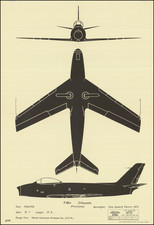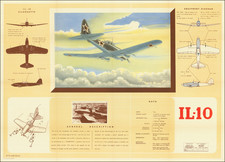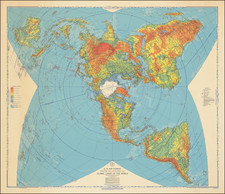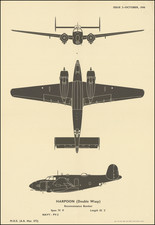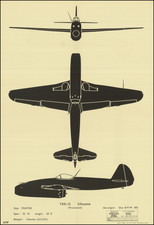This poster offers a detailed overview of the TU-2, a Soviet bomber aircraft. Produced for the H.M. Stationery Office by Fosh & Cross Ltd., London, this piece served a dual purpose. First, it was an informational guide for military personnel across the UK. The comparative silhouettes of the TU-2 alongside other aircraft like the PE-3 and Brigand T.F1 provide a quick visual reference for identification. The inclusion of recognition points further aids in distinguishing the aircraft based on its unique structural features.
However, beyond its informational aspect, the poster also reflects the Western nations' need to familiarize themselves with Soviet military assets. The Cold War was, among other things, an intelligence war. The ability to identify and understand potential threats, such as an unfamiliar aircraft entering one's airspace, was of paramount importance. The detailed performance figures and equipment diagrams of the TU-2 encapsulate this need for thorough knowledge.
The central portion of the poster captures a snapshot of the TU-2 in flight, showcasing its aesthetic elegance and engineering prowess. The accompanying text reveals that the TU-2 was the only new Russian bomber design to emerge during WWII, with its predecessors being adaptations of pre-war models. The aircraft, constructed entirely of metal, gained a reputation as the best medium bomber of its time. Its designer, A. N. Tupolev, was recognized for his pre-war successes and even received a prestigious Stalin prize in 1943 for his contributions to service aircraft.
The restricted nature of the document, as indicated at the base of the poster, hints at its intended audience. Prepared by the Ministry of Supply for use by the Admiralty, War Office, and Air Ministry, it's evident that this poster an internal reference for military and intelligence agencies.
The TU-2 Bomber post encapsulates the postwar era's heightened sense of vigilance and the efforts by Western nations to understand and keep tabs on Soviet technological advancements.









